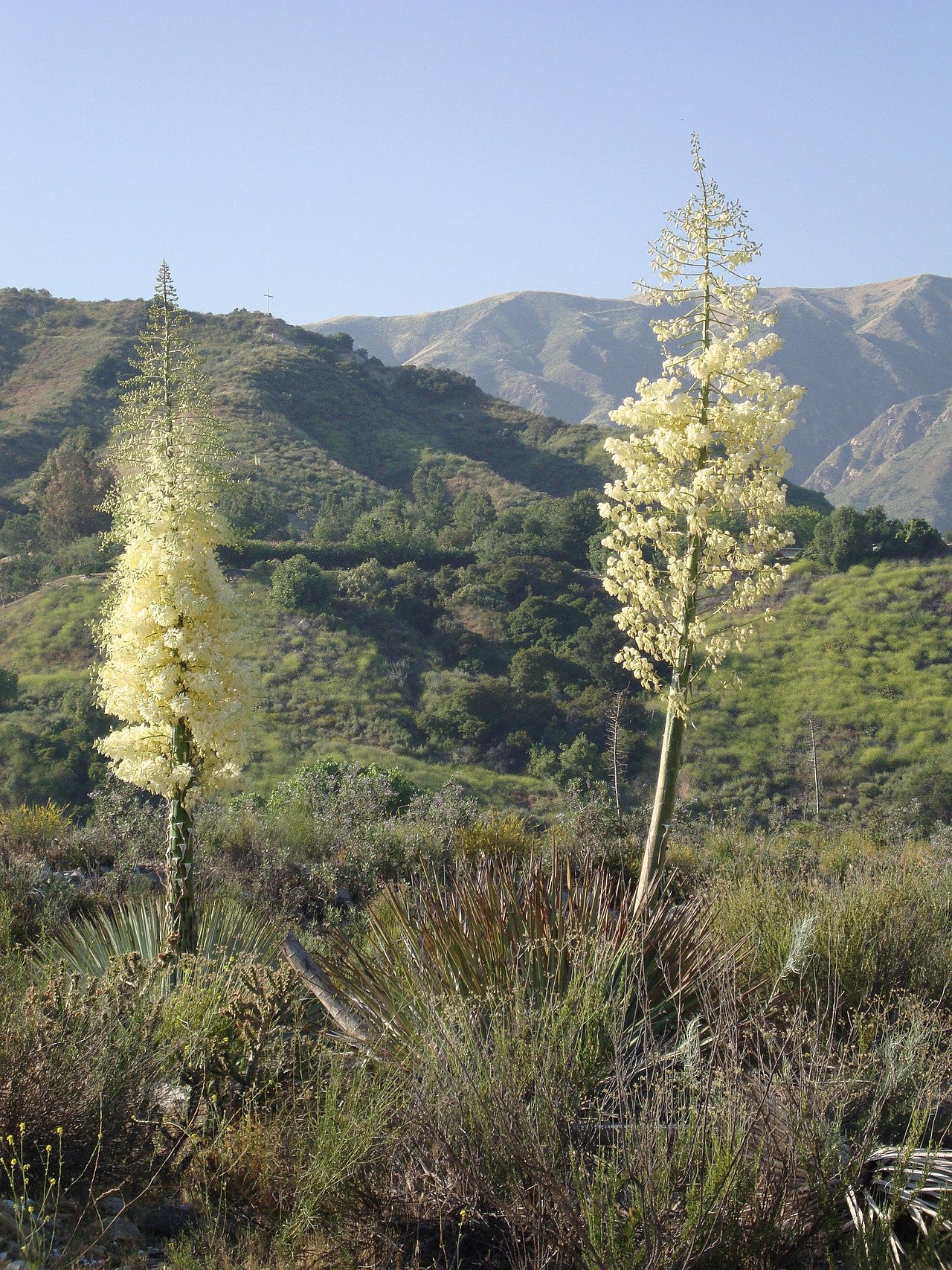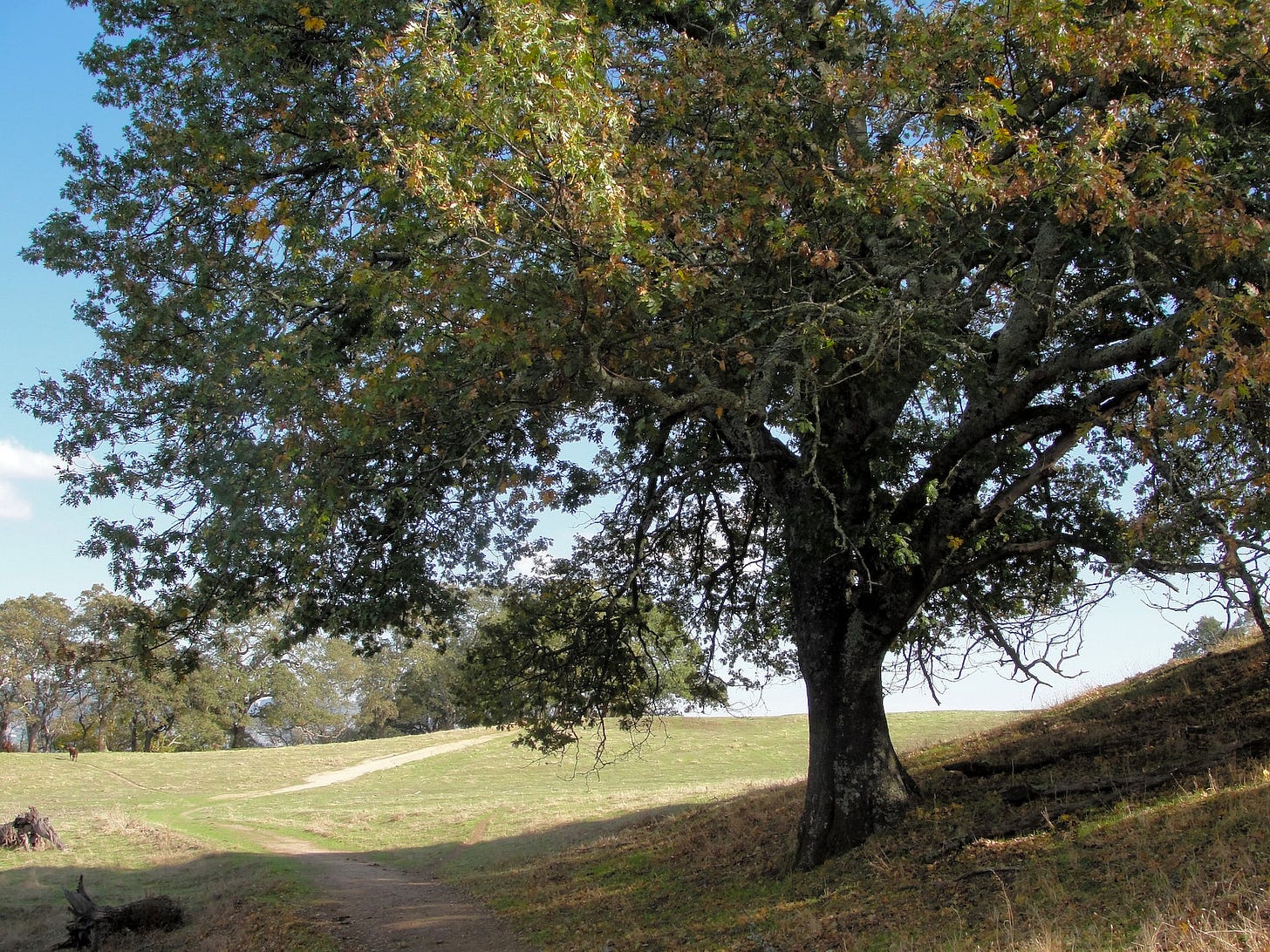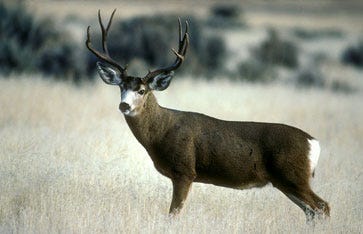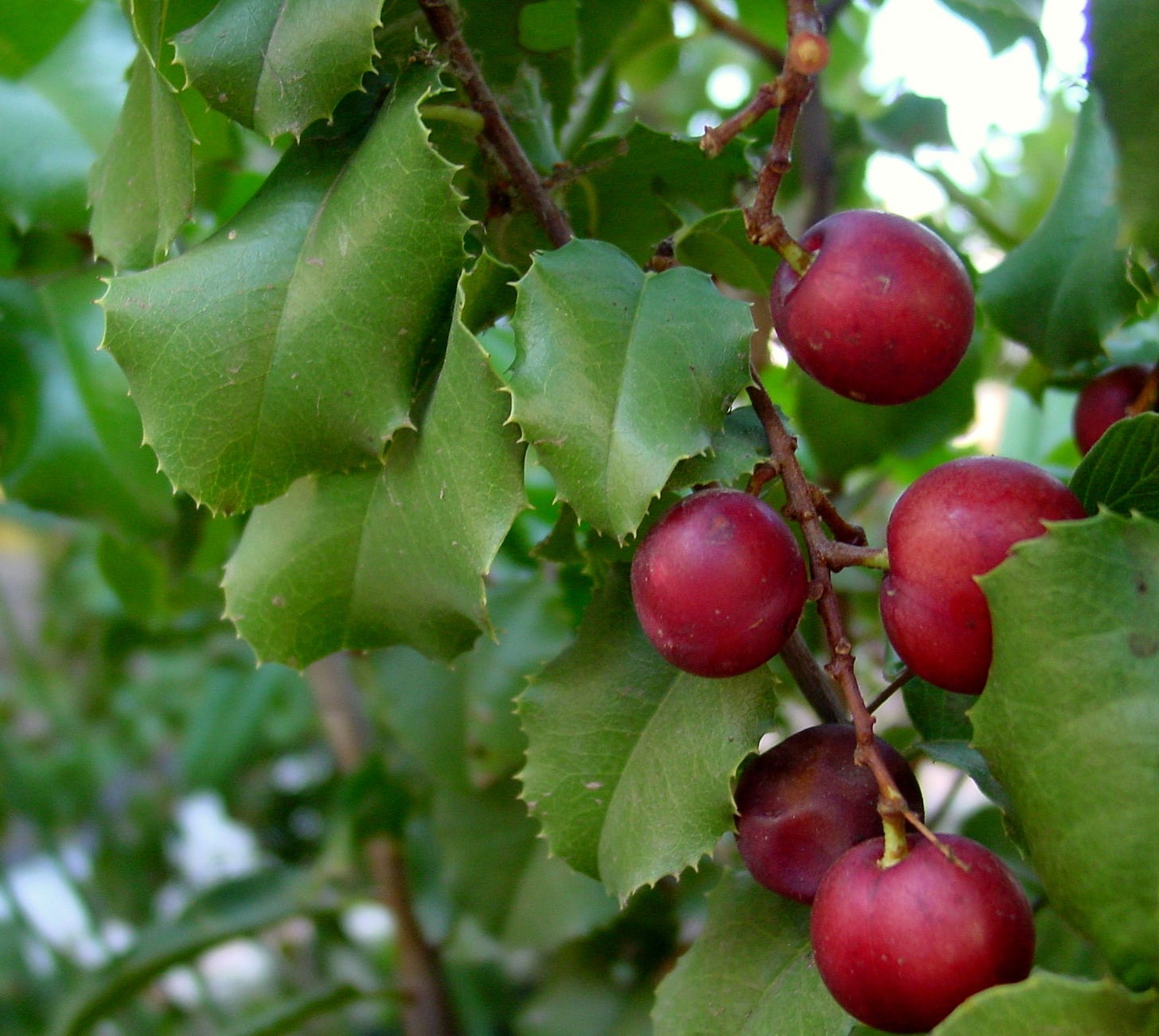Introduction
Despite the semi-desert character of their territory, particularly in the latter half of the year, the Luiseño drew sustenance from a rich array of plants, seeds, fruits, game, and marine resources. Their foodways reveal a people deeply attuned to the rhythms of their land, weaving tradition, technique, and taste into a resilient culinary heritage.
Plant-Based Foods
The Luiseño’s plant-based diet turned seasonal abundance into year-round sustenance. Winter and spring rains sparked a profusion of annual plants, many of which were gathered as greens. These were either boiled or eaten fresh with salt, offering a vital source of nutrition. Wild mustard (a plant introduced by the Europeans without a Luiseño name) was prized as the earliest edible green of the year. On a tour of the Santa Barbara Mission, I was told this plant was an invasive species that has taken hold of many of California’s mountainsides.
Watercress, wild celery, lamb’s quarter, Indian lettuce, California poppy leaves, peppergrass, and various wild clovers were also boiled or consumed fresh, showcasing the breadth of the Luiseño’s botanical knowledge. Bulbs from the lily family, often eaten fresh but sometimes cooked, added variety, while the roasted scape and head of Yucca Whipplei—prepared in an earth oven, a pit lined with heated stones and covered with earth—provided a sweet, starchy staple.

The blossoms of both Yucca Whipplei and Yucca Mohavensis were cooked in water, and the roasted pods of Yucca Mohavensis offered another delicacy. Fresh shoots of white sage and large rushes were peeled and eaten raw, their crisp textures a fleeting treat.
Seeds and Grains
Seeds were a cornerstone of the Luiseño diet, transformed through meticulous preparation into nourishing meals. The seeds of Salvia columbariae (chia), white and black sages, thistle sage, Chenopodium Californicum, peppergrass, and various Compositae were highly valued, with chia being the most esteemed, likely for its flavor and versatility.
Some seeds, so tiny they were likely used as seasoning, were parched to enhance their taste. Parching involved toasting seeds in a broken pottery shard or a specialized vessel over a fire, stirred to prevent burning, or, in earlier times, shaken in a basket with live coals. Once parched, seeds were pounded into flour in a mortar, mixed with water to form a cold mush, a staple that sustained communities through lean times.
Wild oats, stripped by hand from standing stalks, were parched with their husks and ground into meal, sometimes mixed with dried elderberries and a pinch of ground chia for a flavorful dish. This blend of oatmeal and berries highlights the Luiseño knack for combining ingredients to elevate taste and nutrition.
Acorns
Acorns were the undisputed staple of the Luiseño diet, a caloric and cultural anchor. Six species of oaks dotted their territory, each with distinct qualities. The acorns of the black or Kellogg’s oak (Quercus Californica or Quercus kelloggii), abundant on Palomar above 3,000 feet, were prized for their palatability. The common live oak (Quercus agrifolia), found from the coast to higher elevations, yielded oil-rich acorns with a yellow-hued meal.

The maul or Valparaiso oak (Quercus chrysolepsis), growing in Palomar’s canyons, produced large, hard acorns, valued when preferred varieties were scarce. Less favored were the acorns of the white oak (Quercus Engelmanni), live oak (Quercus Wislizeni), and scrub oak (Quercus dumosa), used only in times of need.
The preparation of acorns was a labor-intensive art. Gathered in large quantities and stored in granaries, acorns were cracked one by one with stones, sun-dried to split their hulls, and shelled with a bone tool called maavish. The kernels were pounded into flour and leached with hot water—either in a rush basket or a sandy pit—to remove bitterness. The resulting meal was cooked in earthen vessels, yielding a versatile food that sustained the Luiseño year-round. So vital were acorns that large pines were felled to access those stored in the bark by woodpeckers, a testament to their centrality in the diet.
Fruits and Berries
The wild plum or cherry (Cerasus or Prunus ilicifolia), sparse in the San Luis Rey basin but abundant in the Cahuilla valley, was a significant food source. Its fruit was dried, the shells cracked to extract kernels, which were ground, leached, and cooked like acorn meal, producing a nearly white flour. The thin, pleasant-tasting pulp was also eaten.
Choke cherries, despite their puckery taste, were relished after being stored for a few days. Toyon or Christmas berries (Heteromeles or Photinia arbutifolia) were parched and eaten without further preparation. At the same time, elderberries, abundant in the San Luis Rey Valley, were gathered in large quantities, dried, or cooked fresh. Wild grapes, plentiful in the valley, were cooked but not preserved, unlike elderberries. Gooseberries, currants, and blackberries, though scarce, were consumed when available.
Prickly pear cactus fruit was highly esteemed, with some varieties eaten fresh or peeled, dried, and stored. Their seeds were parched, ground into meal, and mixed with water. Cholla cactus seeds were similarly used. Manzanita berries and aromatic sumac (Rhus trilobata) were ground into meal, eaten raw with water, their tart and earthy flavors a staple without need for cooking.
Mushrooms and Gums
Tree mushrooms from cottonwood and willow trees, gathered when tender, were boiled and savored, unlike the less-valued ground mushroom. An edible gum from the white oak (Quercus Engelmanni), deposited by a scale insect, was washed to remove bitterness and chewed like modern gum. Another gum, from the milkweed (Asclepias eriocarpa), was boiled until it coagulated, prized for its flavor though less durable than oak gum.
Meat and Game
The Luiseño’s meat-based diet was dominated by small game, with larger animals playing a secondary role. Black-tail deer, once abundant, were hunted with bow and arrow or snares. Hunters sometimes donned a stuffed deer head to approach their quarry, bobbing it to mimic natural movement. Snares, set in deer trails and tied to bent poles, would trap and suspend the animal. In one locale, deer were driven over a precipice, though they eventually learned to evade this tactic. Venison was broiled on coals, cooked in an earth oven, or occasionally boiled. Pounded venison, including entrails and blood, was stored for later use.

Antelopes, once plentiful between Temecula and San Jacinto, were hunted until their extinction in the region in the late 19th century. However, jackrabbits and rabbits—cottontails and a smaller, darker variety—were the mainstay of the Luiseño meat diet. Hunted with bows, snares, draw nets, or curved throwing sticks (wakut), they were broiled or cooked in earth ovens, sometimes pounded with bones for storage.
Wood rats, nesting in brush or cactus, were driven out by fire or killed with sticks, while ground squirrels and mice were trapped with baited stone traps. Valley and mountain quail, abundant in the region, were killed with bows or lured at night with burning cholla cactus stems. Ducks, larks, robins, and their eggs were also consumed, broiled on coals. Bears, though common, were not eaten, their skins and claws reserved for ceremonial uses. Grasshoppers, abundant in the San José Valley, were driven into pits, roasted, and eaten without further preparation. A large green grub, boiled with salt, was another delicacy.
Fish and Shellfish
For coastal Luiseño, marine resources were paramount. Mountain trout in the upper San Luis Rey River were stunned with macerated plants and scooped from pools, while small fish were caught with dip nets. Coastal communities relied heavily on fish and shellfish, using rush canoes or wooden dugouts to fish offshore with dip nets, seine nets, or hooks made from abalone shell or bone. Some accounts suggest harpoons were used, though this is debated. Mussels and other shellfish were dietary staples, their abundance sustaining coastal villages.
The Luiseño’s foodways, as detailed here, reflect a profound connection to their environment, transforming a semi-desert landscape into a bountiful table. From the meticulous leaching of acorns to the ingenious hunting of rabbits with throwing sticks, their practices reveal a culture of adaptability and reverence for the land.
Sources
Sparkman, Philip Stedman. The Culture of the Luiseño Indians. Berkeley, California: The University Press, 1908.




